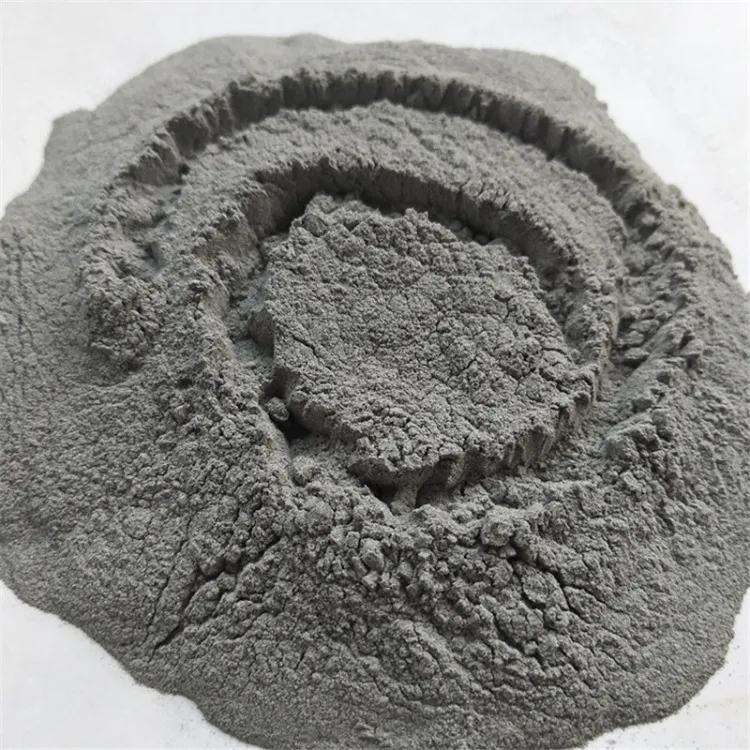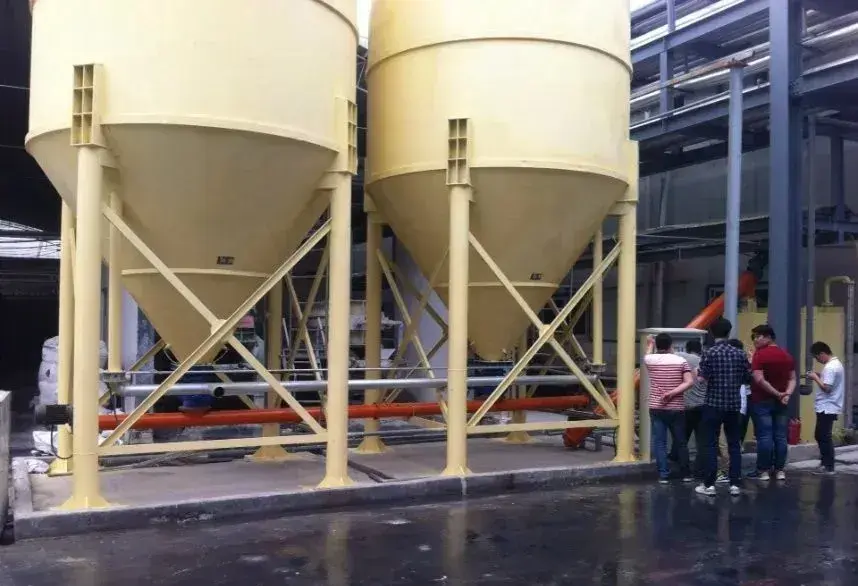At first glance, adding fly ash to mortar seems like a simple combination. But in reality, it acts like a built-in “regulator.” By filling gaps with fine particles, fly ash makes mortar easier to apply, and through chemical reactions, it enhances strength and durability. This “one material, two functions” property makes fly ash an excellent aid for improving mortar performance.

Making Mortar Easier to Use: Workability Optimization
Improved Flowability, Easier Application
Most fly ash particles are spherical, functioning like countless tiny ball bearings when mixed into mortar. These spheres reduce friction between sand and cement particles, making the mortar easier to mix and spread. For example, in wall construction, flyash mortar adheres more evenly to bricks, is smoother to apply, and reduces waste from falling mortar.
Better Water Retention, Less Drying Out
Fly ash particles have porous surfaces, like sponges, that absorb and retain water. This prevents mortar from drying too quickly during application, especially in hot or windy conditions, reducing the risk of cracking. For plastering, mortars with higher water retention set more evenly, leaving smoother surfaces and fewer issues such as surface sanding later.
Strength Development: Slow Early, Stable Later
Early Strength Growth is Slower – Patience is Key
Fresh mortar with fly ash doesn’t react immediately with cement. Its “activity” requires time to be activated—usually after sufficient calcium hydroxide is generated from cement hydration. This means that in the first 7 days, strength develops more slowly compared to pure cement mortar, so early heavy loading should be avoided.
Long-Term Strength Keeps Increasing
Although slower at first, fly ash reactions continue over time. As it reacts with hydration products, more C-S-H gel forms, strengthening the mortar internally like adding countless “tiny steel bars.” Studies show that flyash mortars continue gaining strength beyond 28 days, often surpassing pure cement mortars, making them ideal for structures requiring long-term strength.

Enhanced Durability: Pathways to Longer Service Life
Improved Resistance to Water Penetration
The gels formed by fly ash reactions fill pores within the mortar, refining the internal structure. It’s like adding a built-in “filter layer” that blocks water and harmful substances from seeping in. For bathrooms, basements, or other damp environments, flyash mortar reduces leakage risks.
Reduced Shrinkage, Less Cracking
As mortar sets, water evaporation causes shrinkage, which can lead to cracks if excessive. Fly ash mitigates this: its particles fill pores, limiting evaporation pathways, while its ongoing reactions form more gels to counter shrinkage stresses. In real projects, walls made with flyash mortar show fewer shrinkage cracks, particularly in areas with large temperature fluctuations.
Fly Ash: The “Balance Master” of Mortar
The role of fly ash is essentially to balance workability and durability: it makes mortar easier to apply through physical filling, while chemical reactions increase strength and resistance to damage. This synergy of particle morphology and pozzolanic activity ensures mortar performs reliably at different stages.
Today, many construction projects prefer flyash mortar precisely because of this balance—it makes application effortless, long-term use reliable, and reduces cement consumption, making it both cost-effective and eco-friendly.
Epic powder
With advanced grinding and classification technologies, Epic Powder offers customized equipment for flyash processing. Their systems optimize particle size distribution and surface properties. This enables high-performance fly ash mortars. They are smoother to apply, stronger over time, and more durable in harsh environments. Epic Powder bridges material science with practical construction needs.

